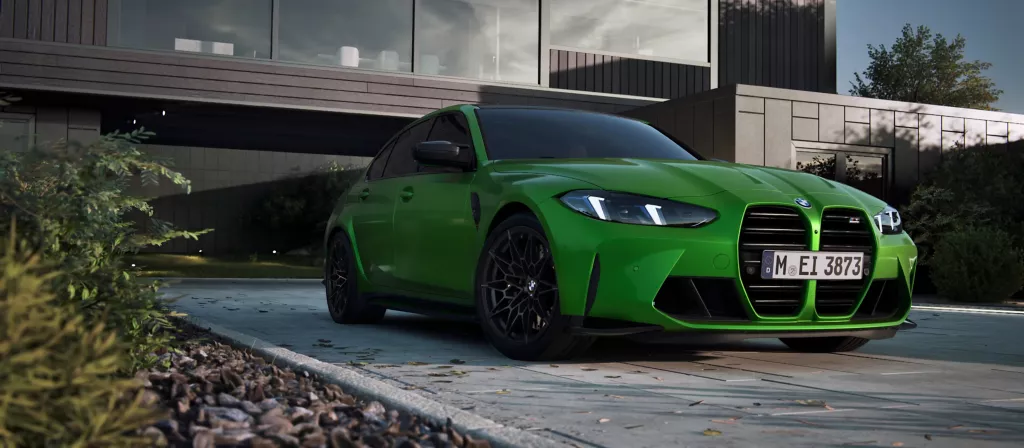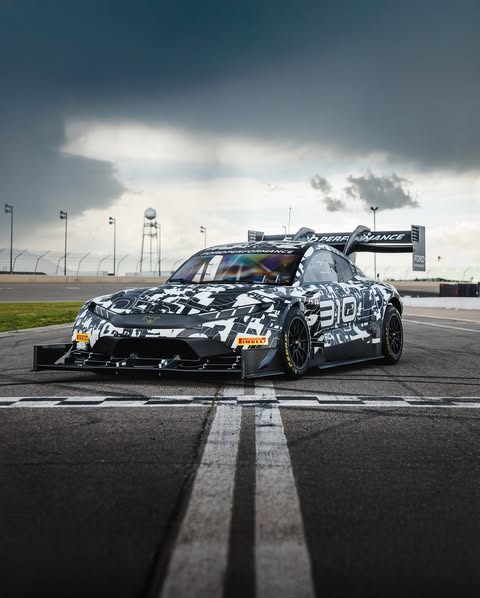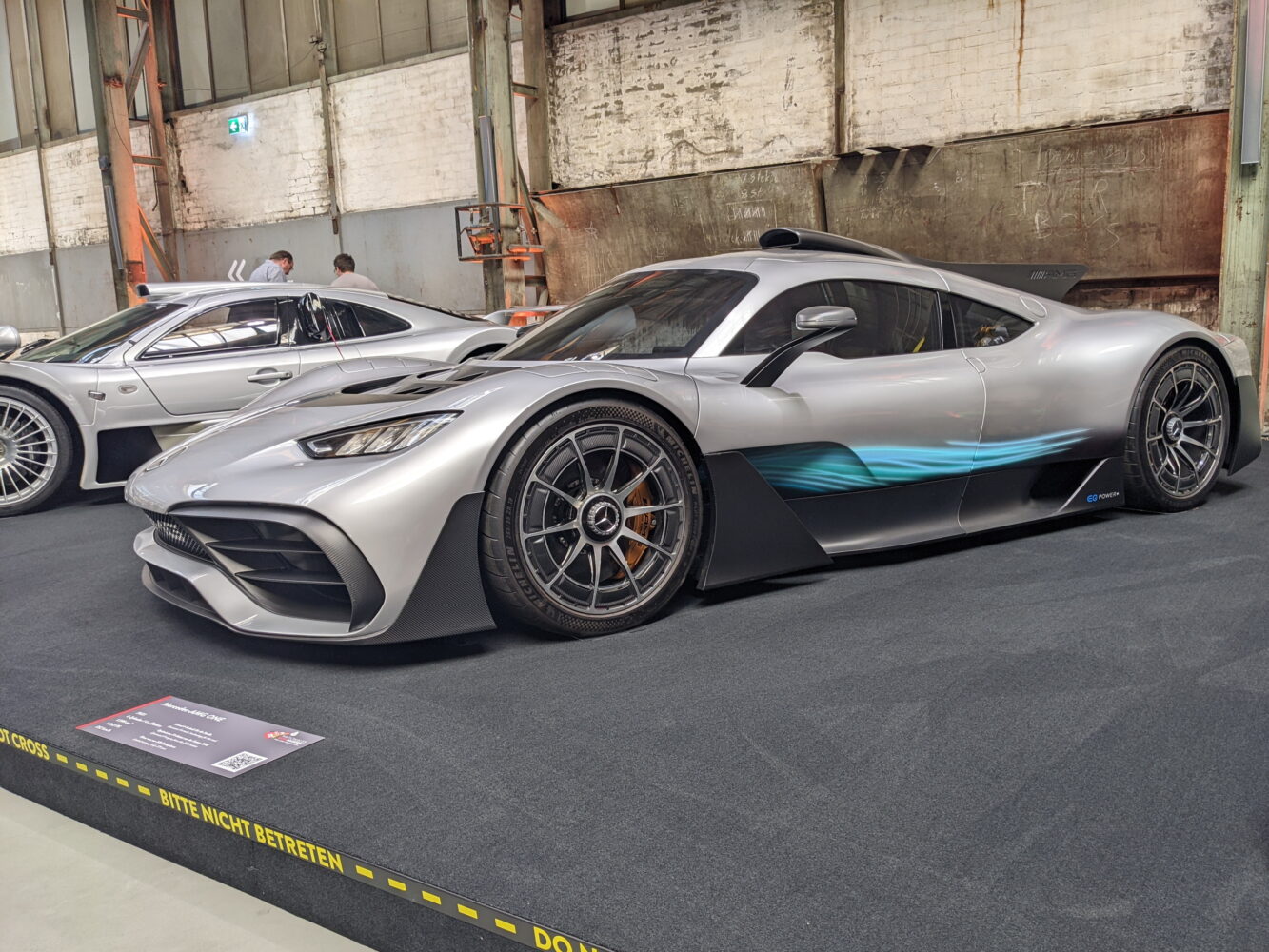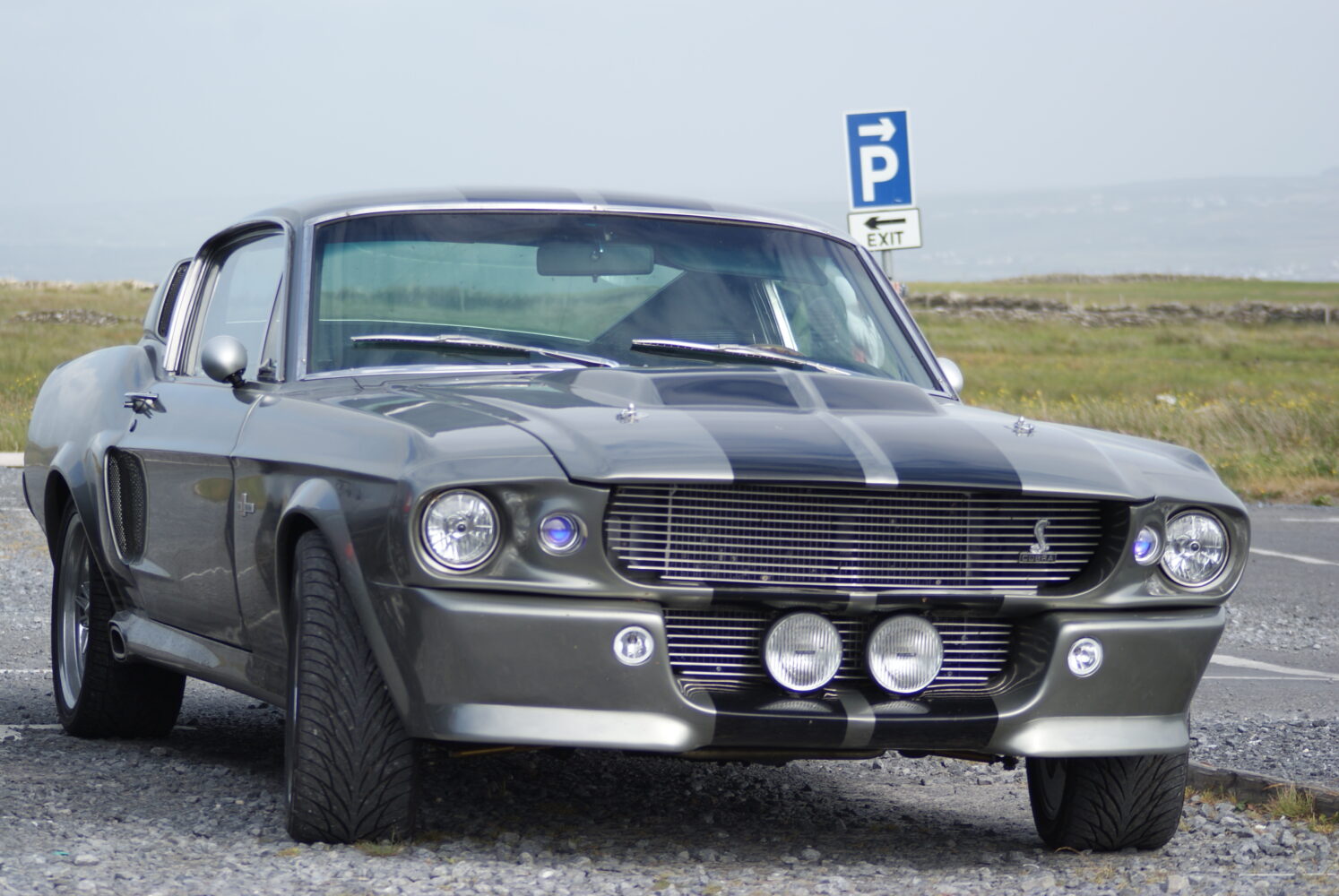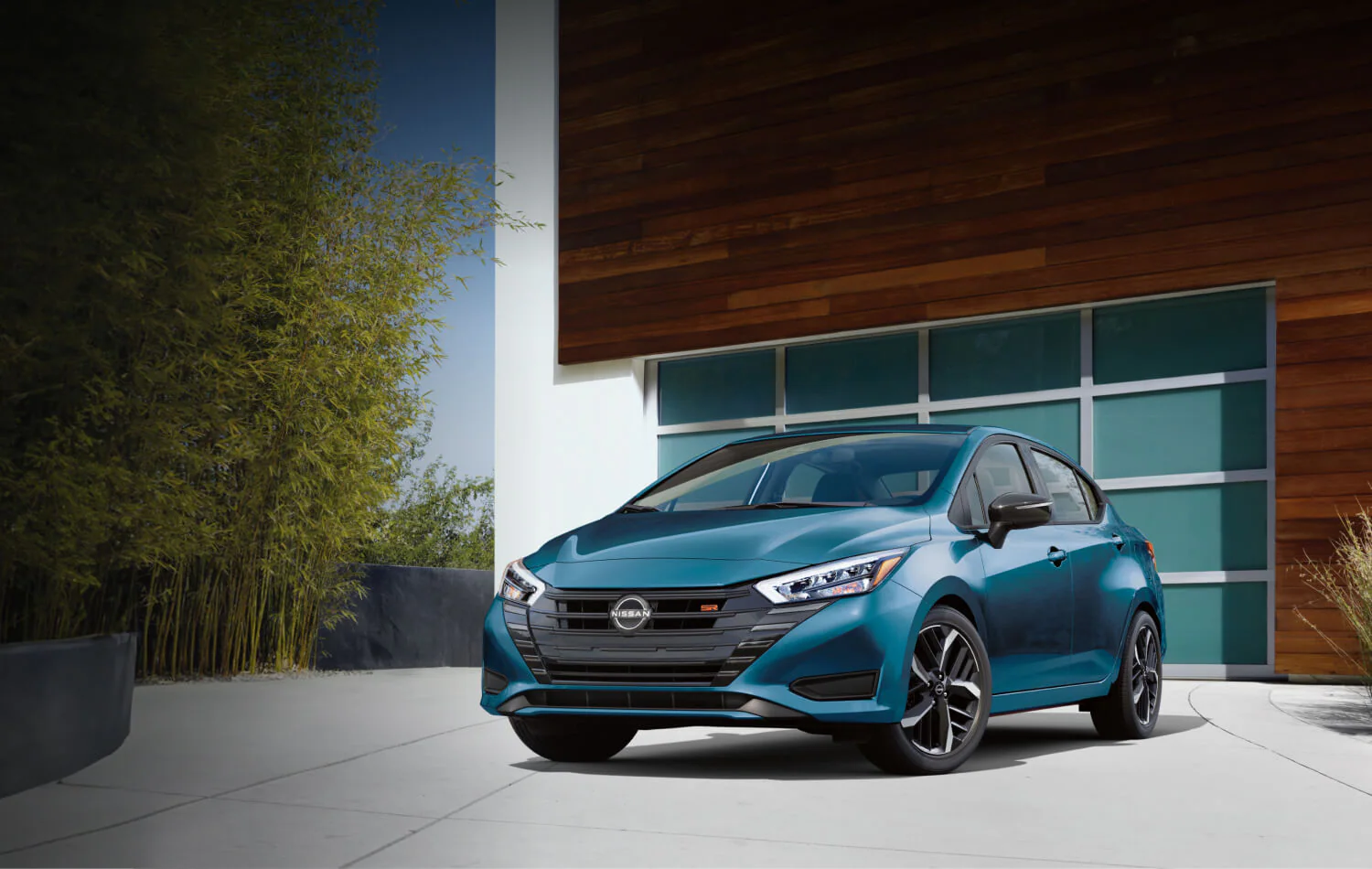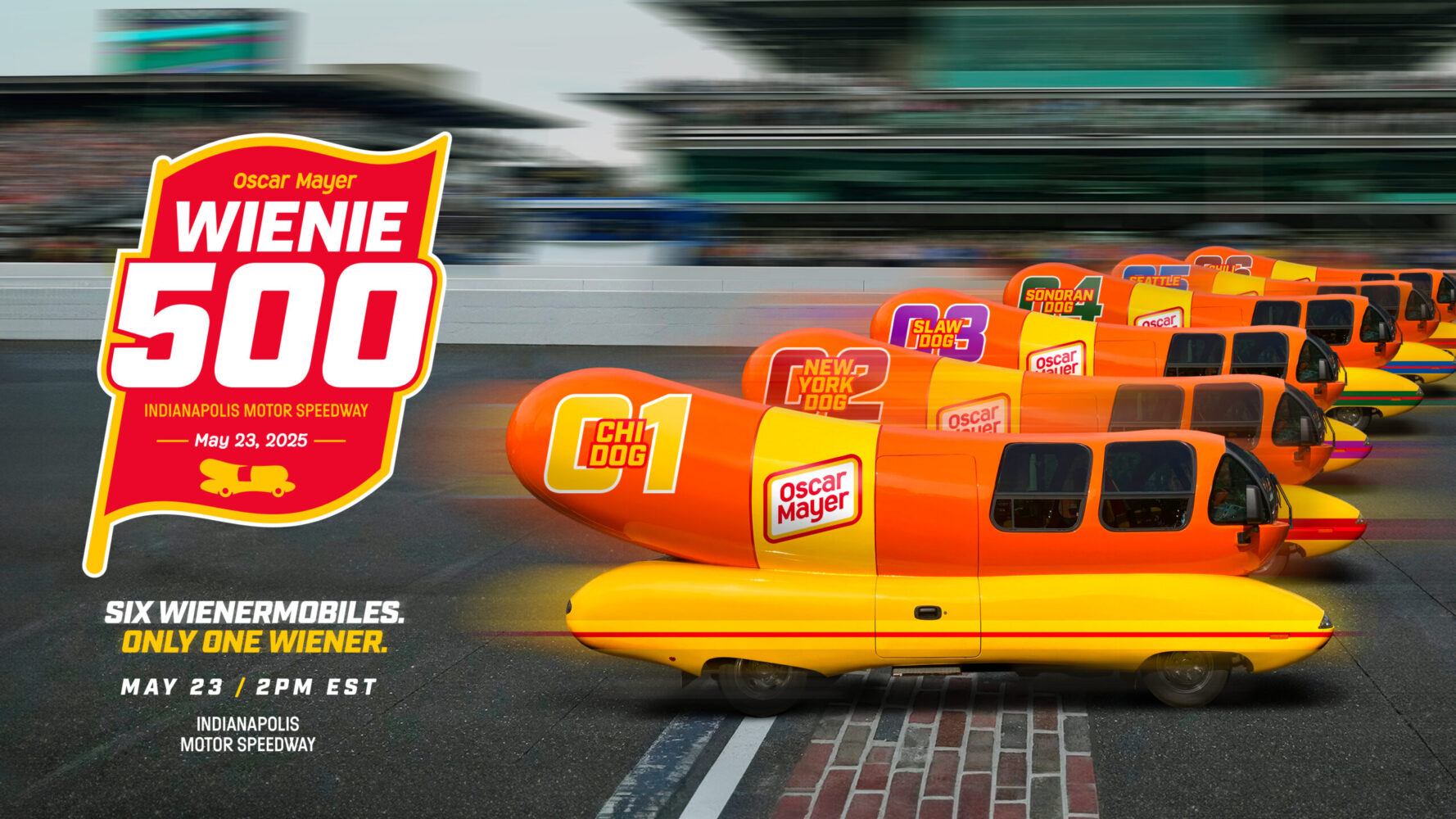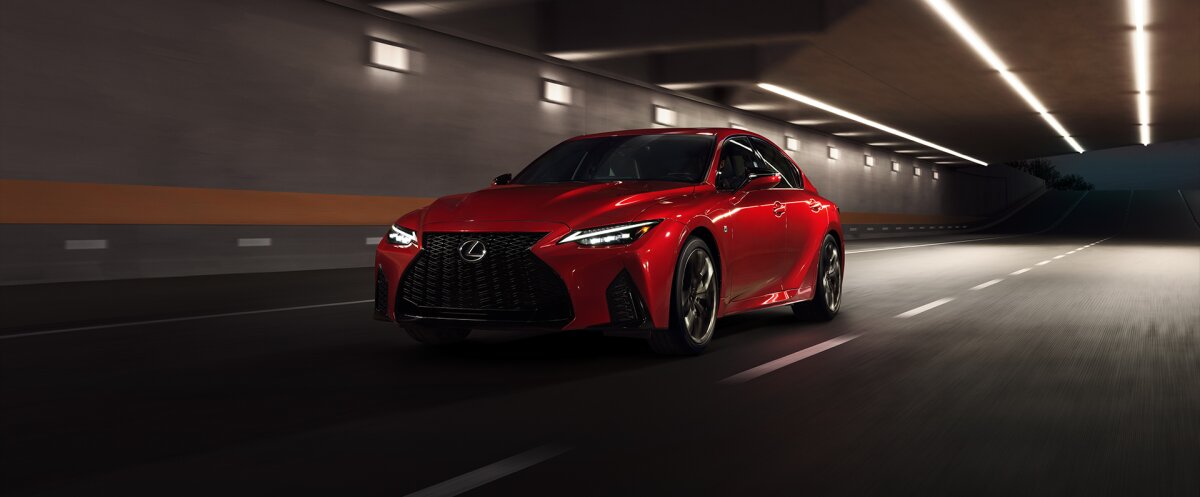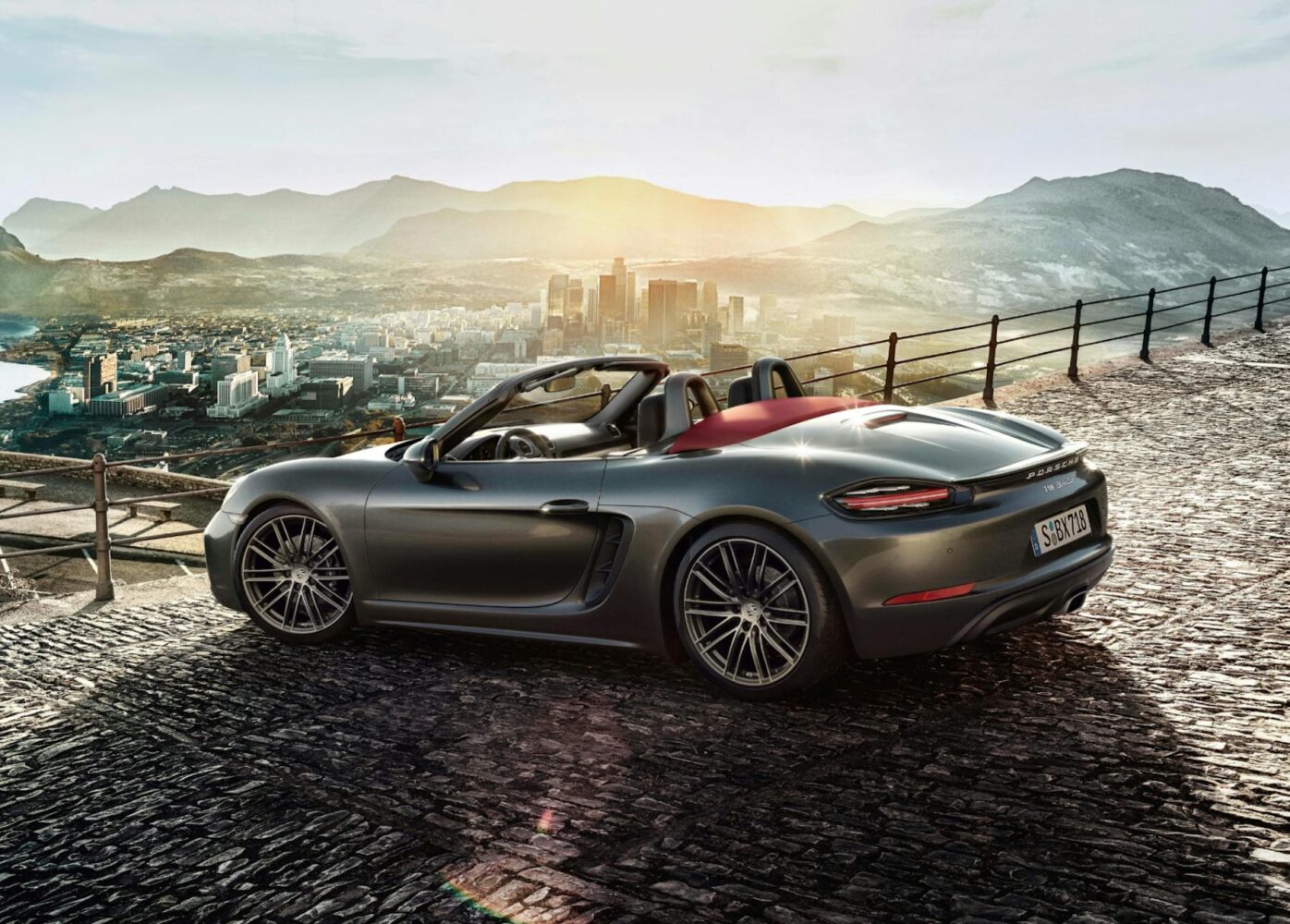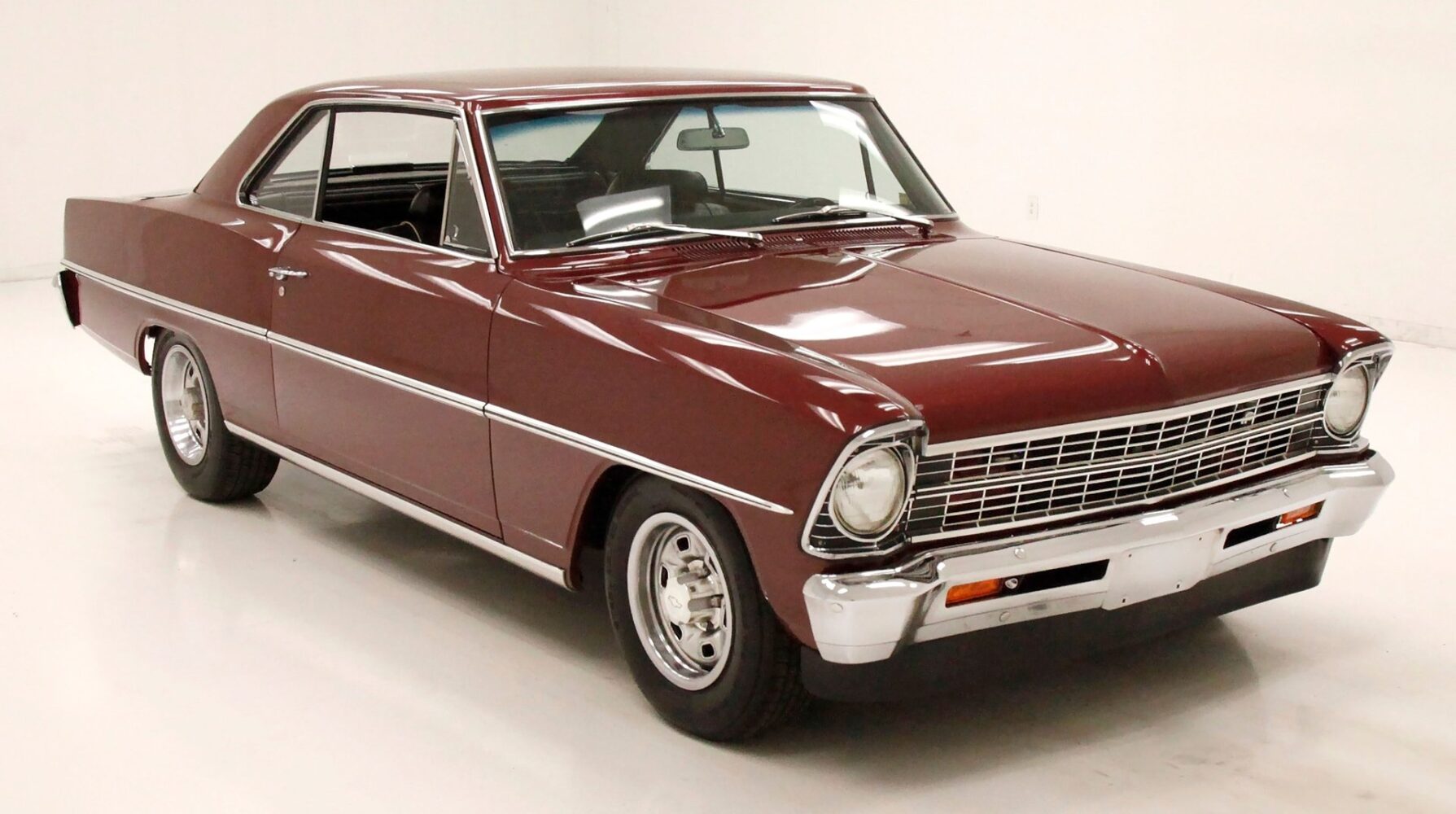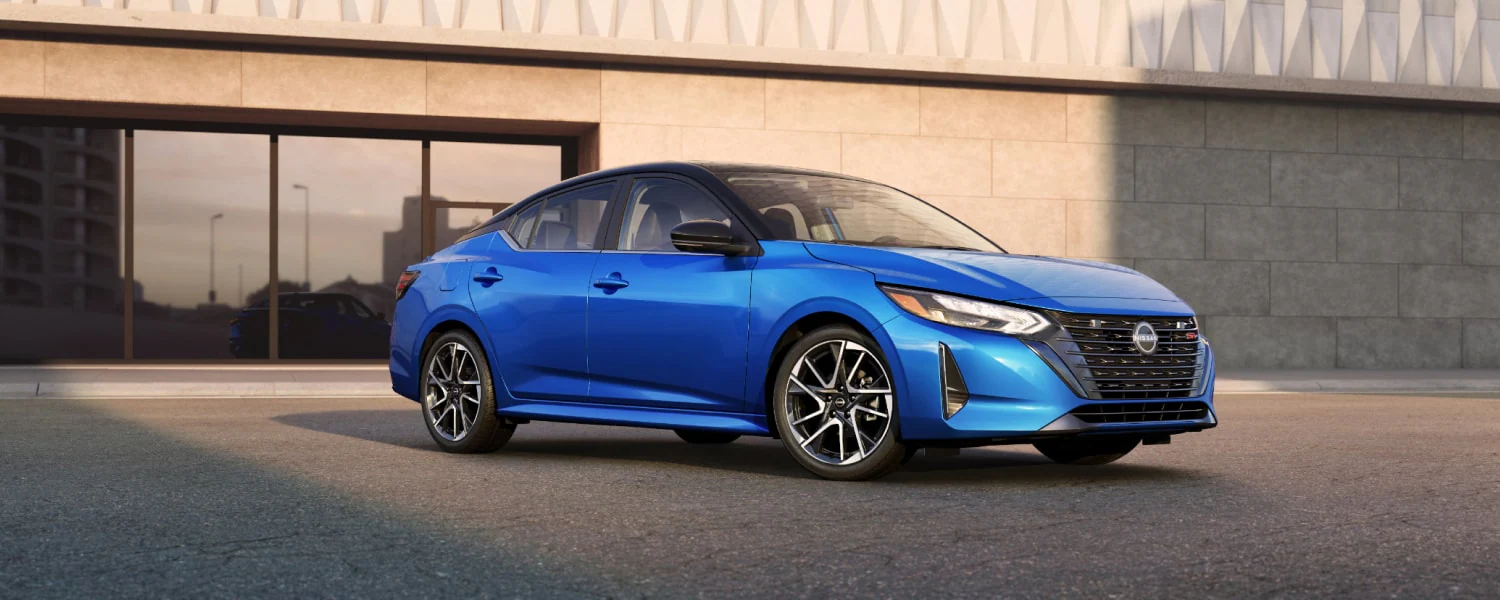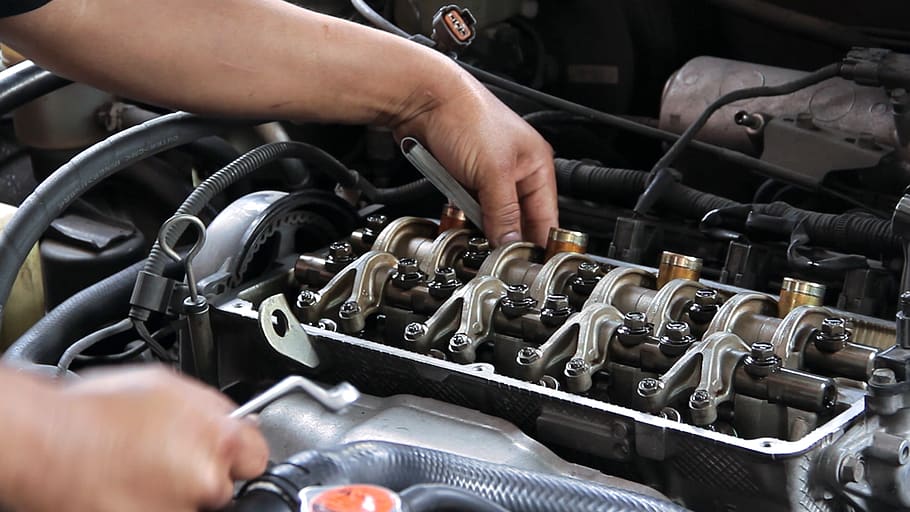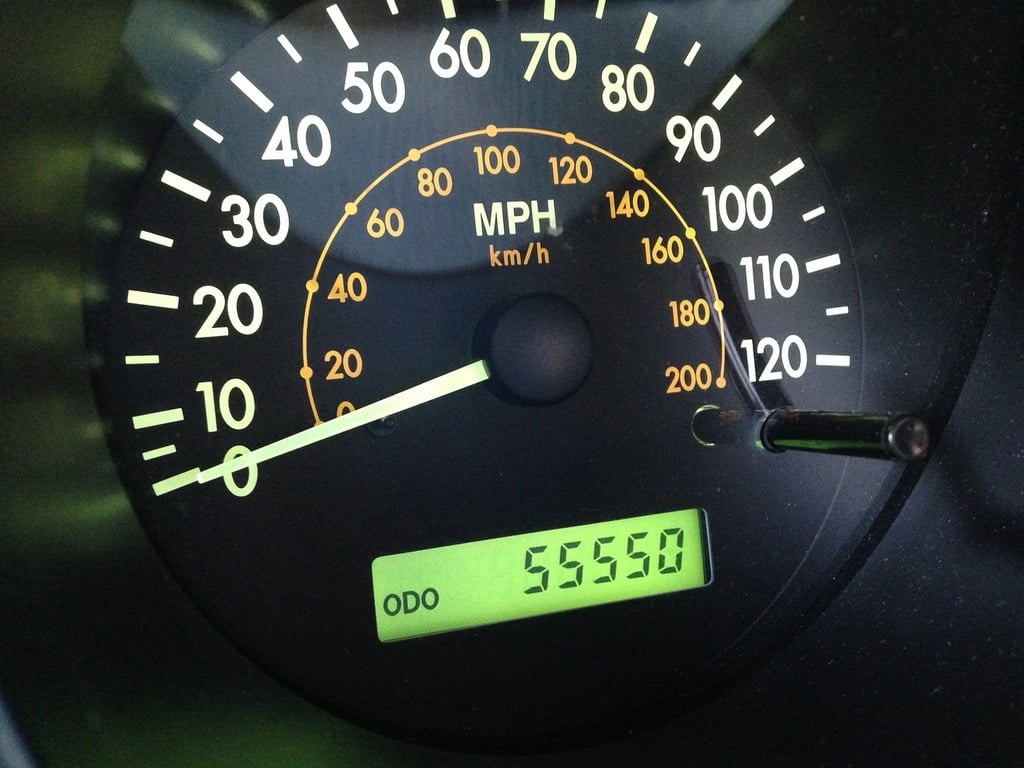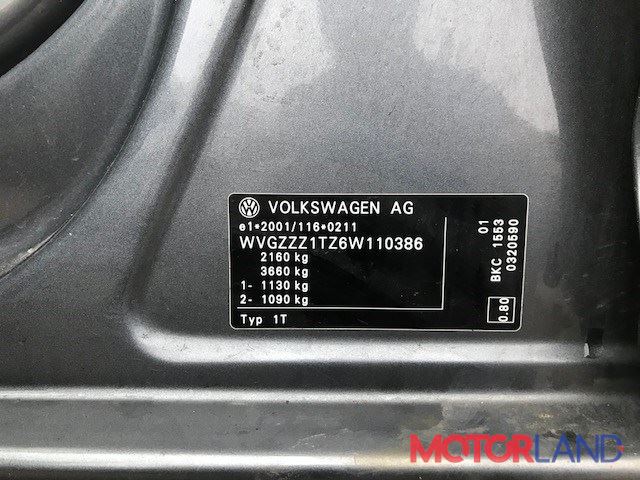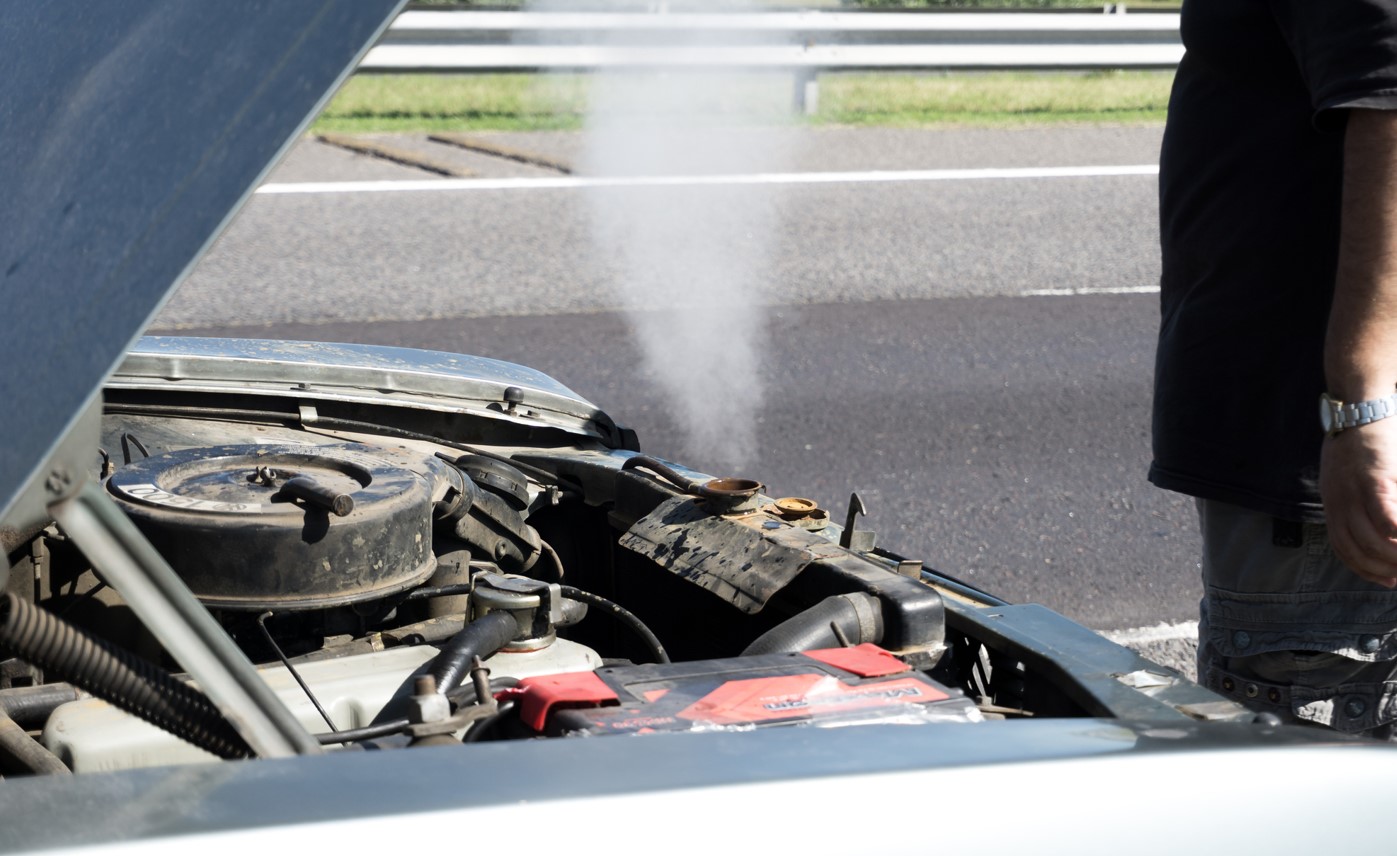The most epic hypercar drag race ever staged isn’t just YouTube clickbait. It’s automotive history.
Three machines. Three philosophies. One strip of asphalt.
The Ferrari LaFerrari, McLaren P1, and Porsche 918 Spyder represent the pinnacle of hybrid hypercar engineering from the 2010s. Each approaches the “fastest car” question with distinct mechanical personalities.
Weapons of Mass Acceleration
The spec sheet battle alone is worth the price of admission:
- LaFerrari: Naturally-aspirated 6.3L V12 + electric motor, 963 hp, 900 Nm torque, RWD, 1,600 kg
- McLaren P1: Twin-turbo 3.8L V8 + electric motor, 916 hp, 900 Nm torque, RWD, 1,490 kg
- Porsche 918: NA 4.6L V8 + dual electric motors, 887 hp, 1,280 Nm torque, AWD, 1,675 kg
The Ferrari brings the most raw power. The McLaren offers the best power-to-weight ratio. The Porsche counters with all-wheel drive traction and monstrous torque.
Launch Control Lottery
From a standing start, physics tells the story.
The Porsche’s AWD system claws into the tarmac like a caffeinated mountain lion. Zero wheelspin, just velocity.
The LaFerrari and P1 spin their rear tires frantically, fighting for grip that the laws of physics won’t provide. Their power advantage becomes their handicap.
Once rolling, the Ferrari’s naturally-aspirated V12 wails toward its 9,250 rpm redline with a linear savagery that turbocharged engines can’t replicate. The P1’s twin-turbo V8 delivers midrange punch that feels like getting rear-ended by a freight train.
Rolling Thunder
In rolling drag races, where traction becomes less critical, the Ferrari and McLaren claw back their dignity.
The LaFerrari’s power advantage materializes as it should. The McLaren’s lighter weight and brutal power delivery make it a dead-even match.
The Porsche, despite its torque advantage, can’t overcome the physics of being the heaviest contender when already in motion.
Beyond Numbers
Market values tell another story. The LaFerrari commands over £3 million while the McLaren and Porsche hover around the £1 million mark.
The real revelation isn’t which car wins a straight-line contest. It’s that three different manufacturers approached the same performance target with wildly different engineering solutions—and all hit within fractions of a second of each other.
That’s not coincidence. That’s engineering brilliance.
The Holy Trinity represents the last gasp of the hybrid hypercar era before full electrification. They’re mechanical time capsules of an automotive moment we’ll never experience again.
And they’re glorious.



